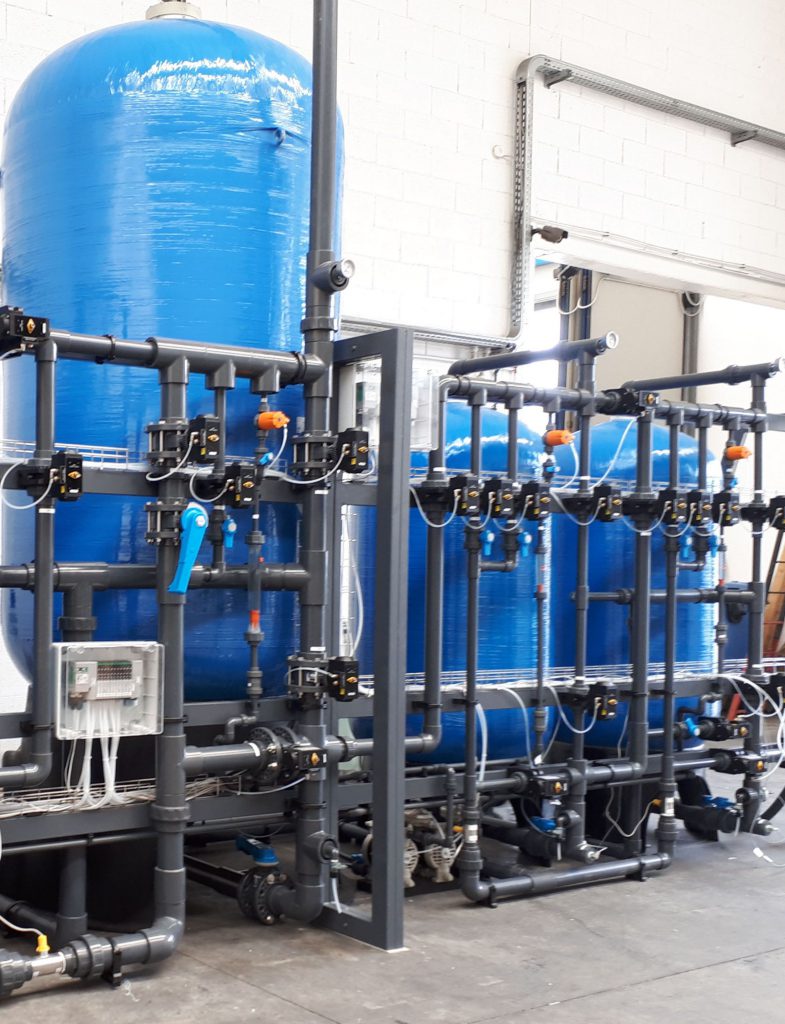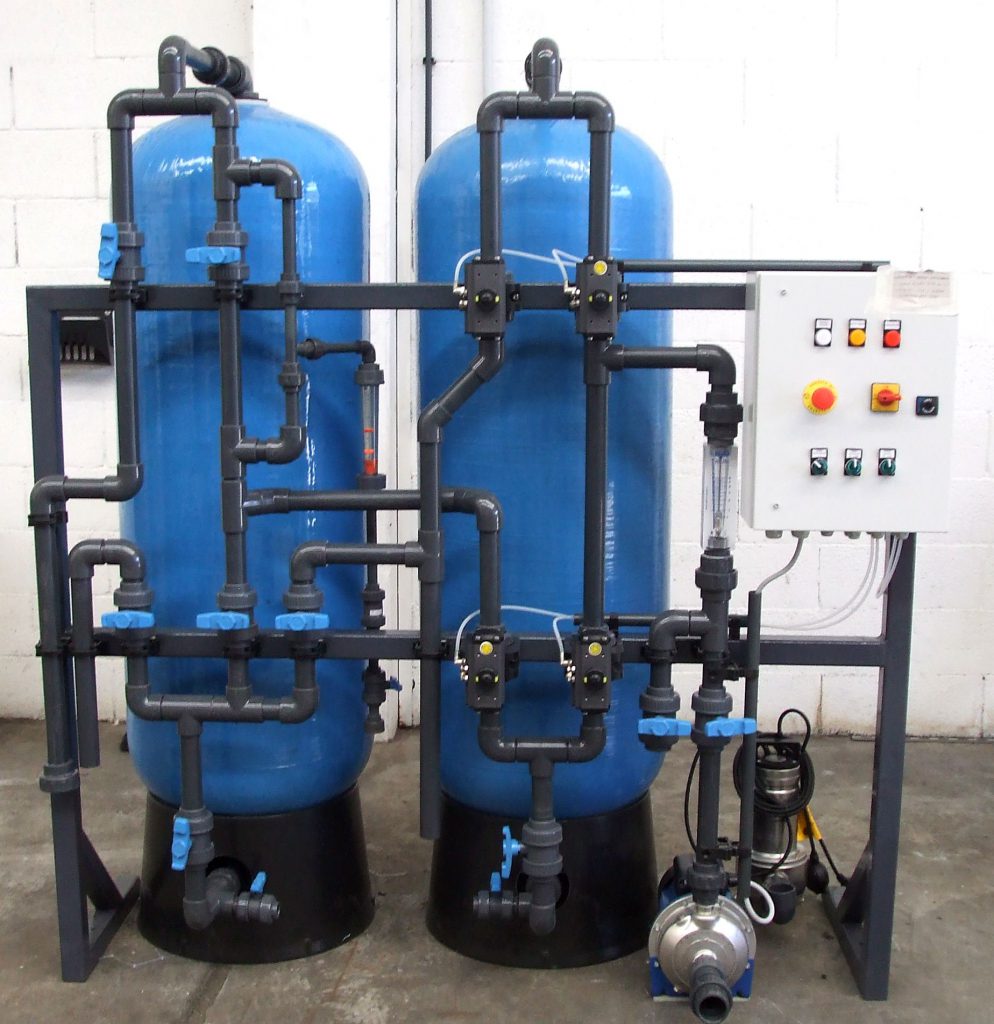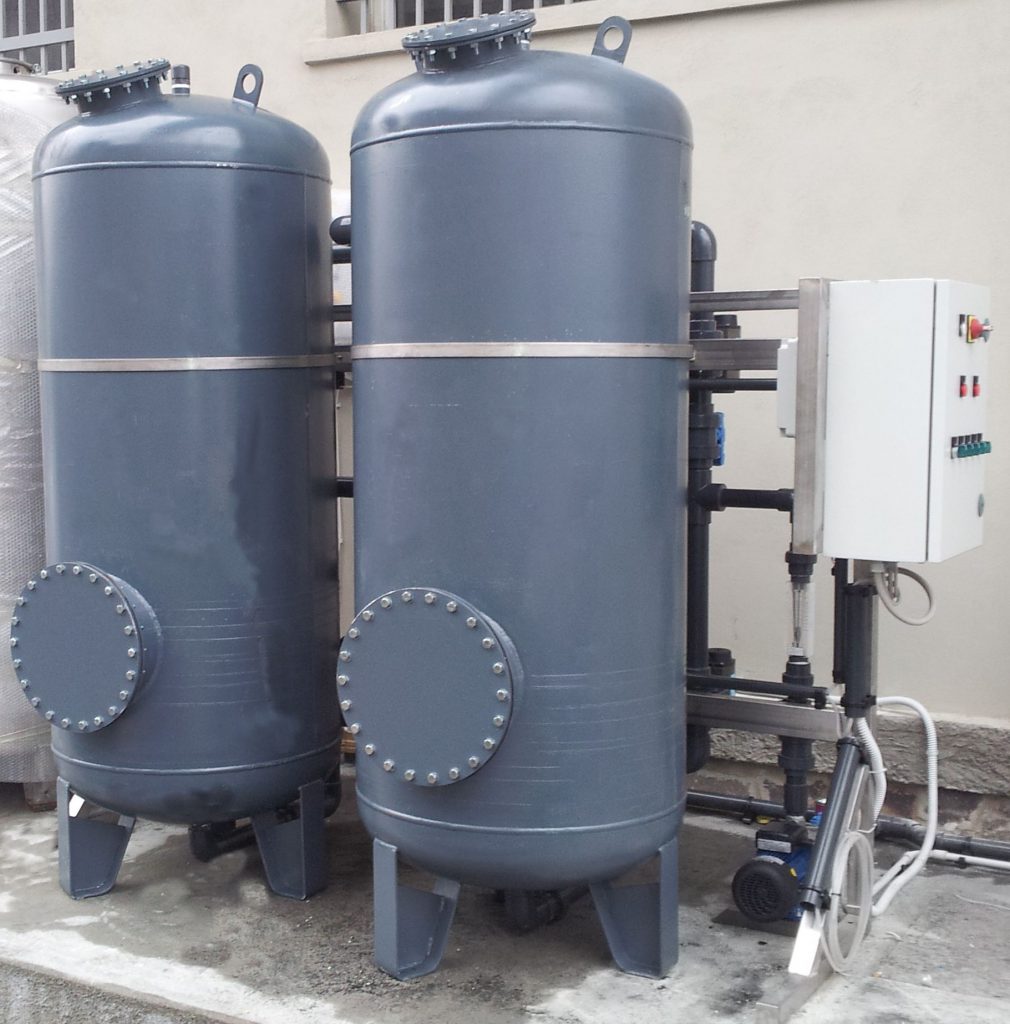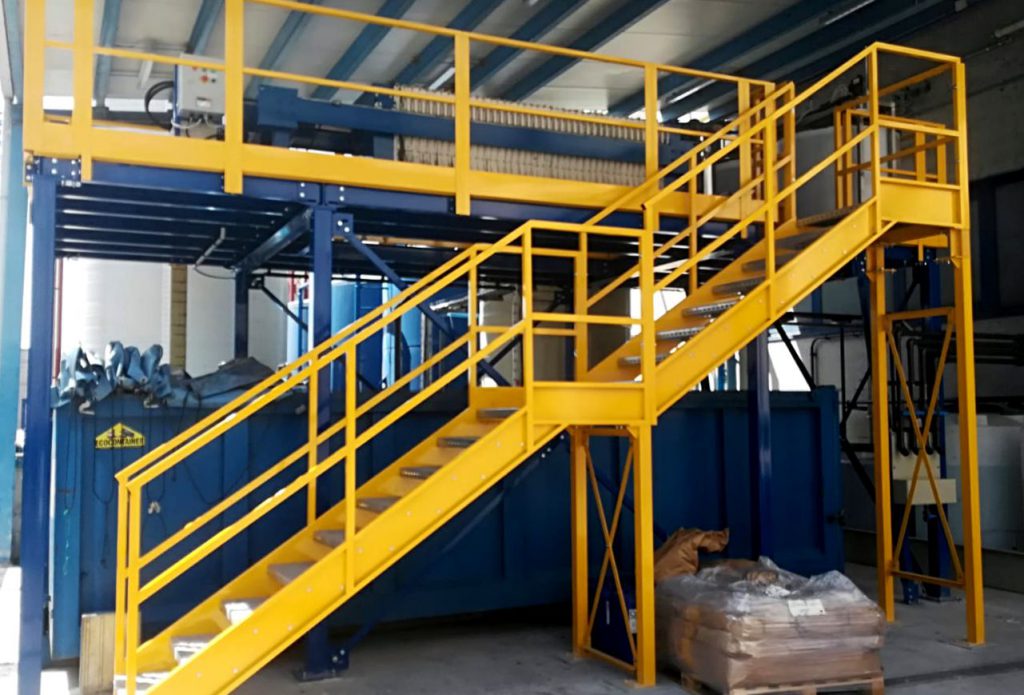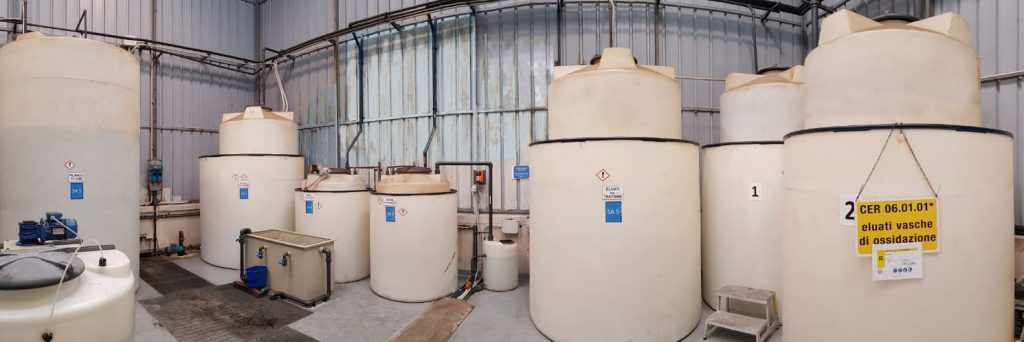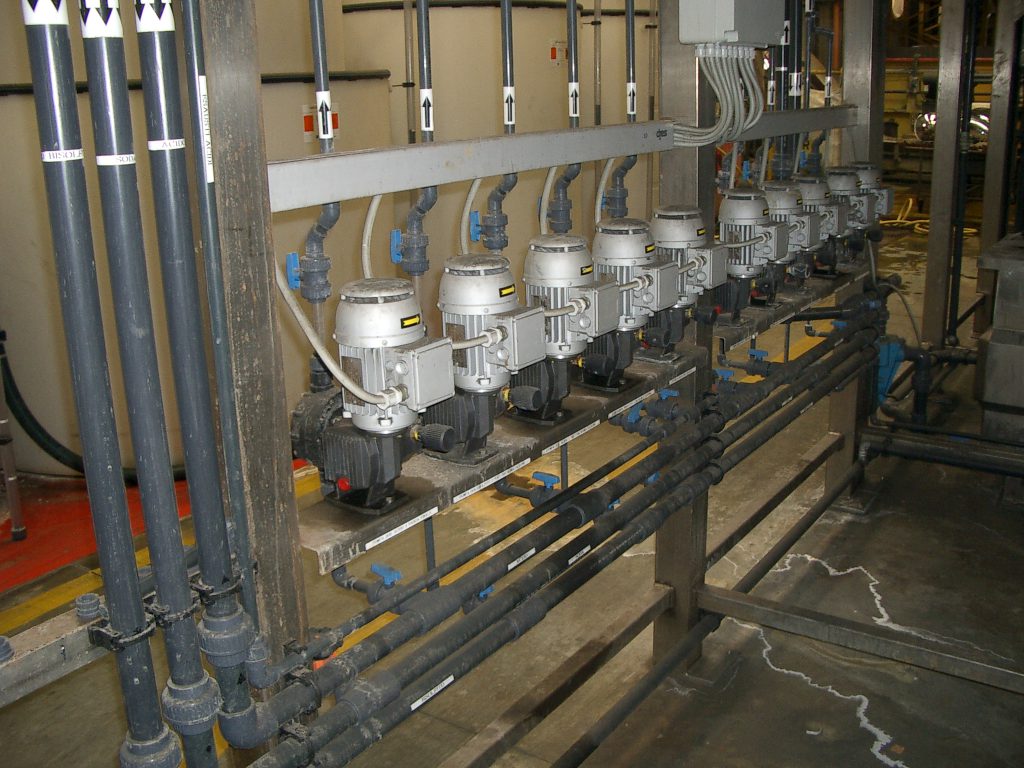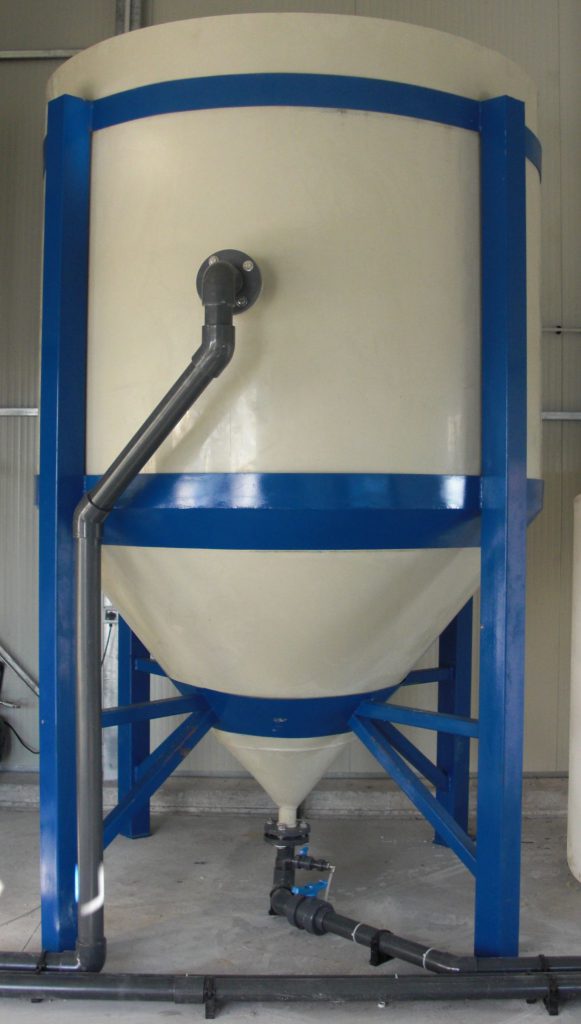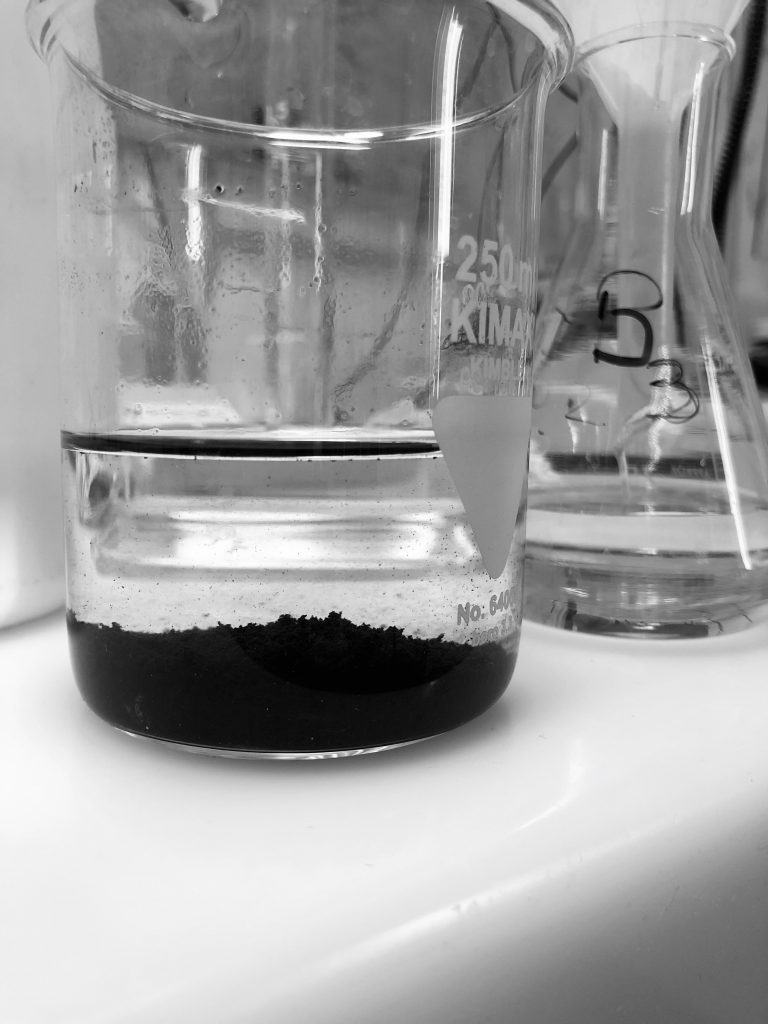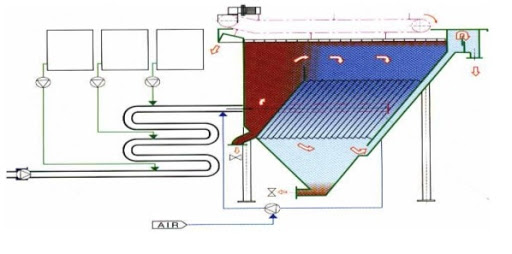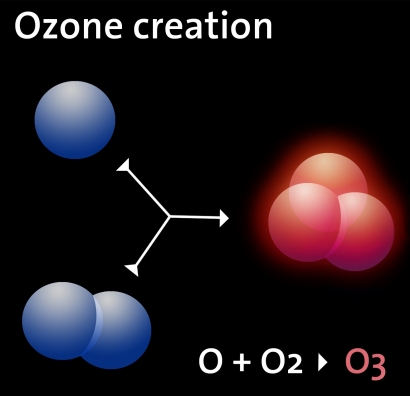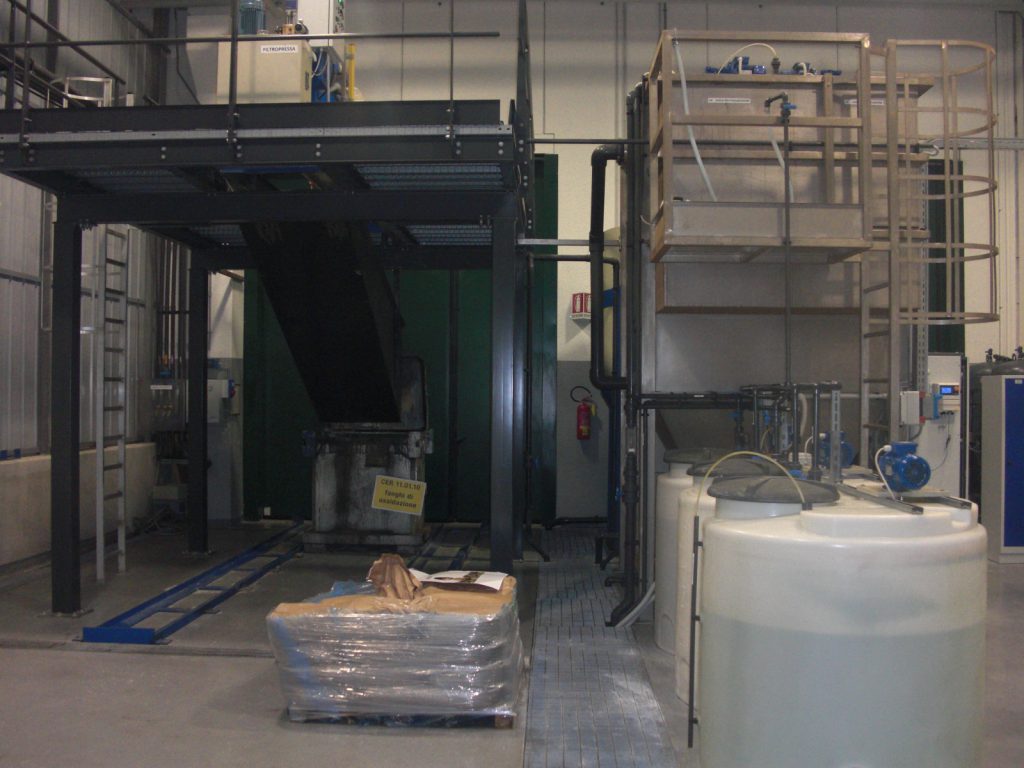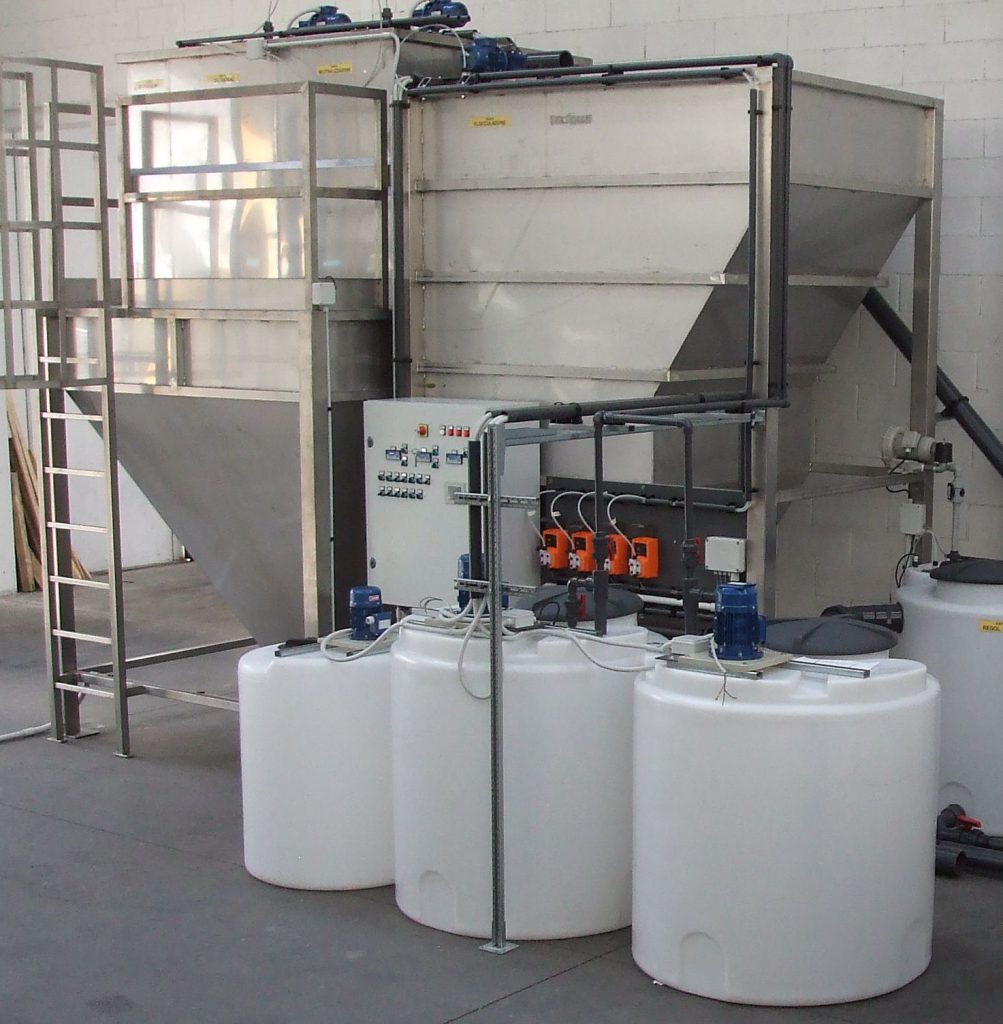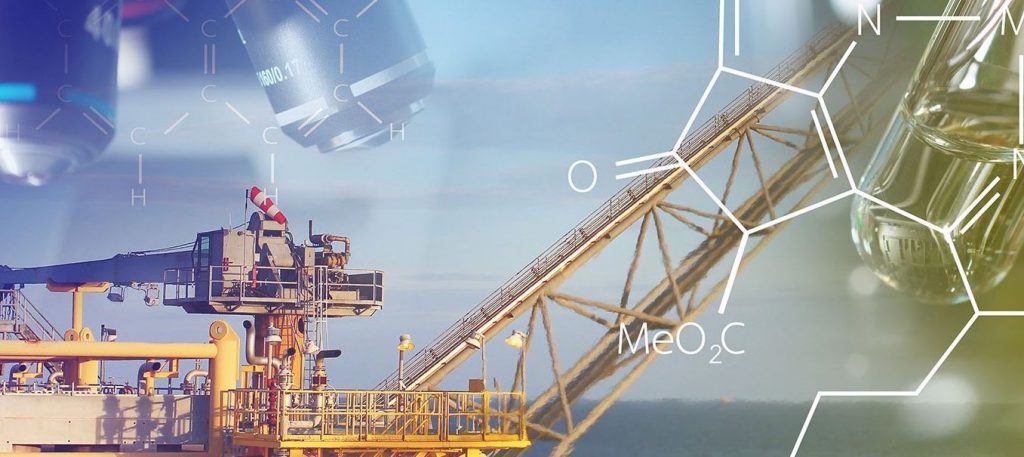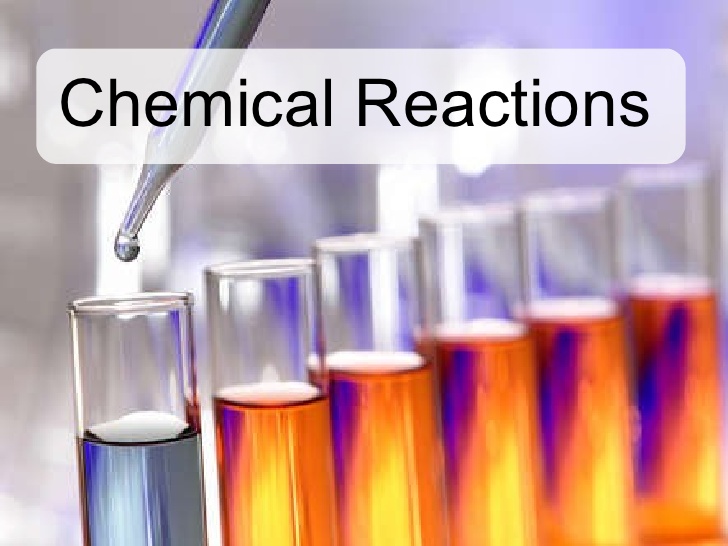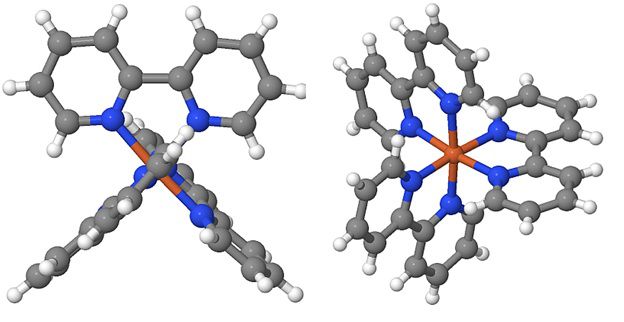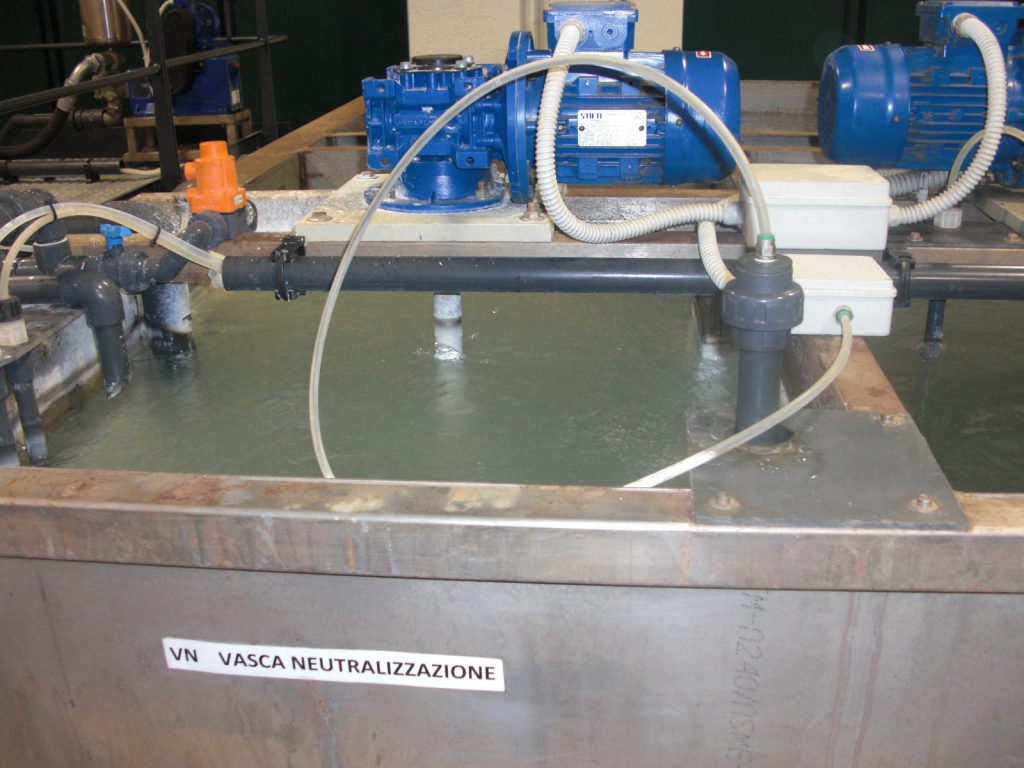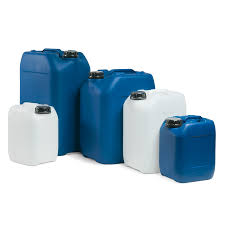The homogenization of water and its equalization is a necessary step in chemical-physical purification plants when the variations of pollutants are very high and presented in a short time.
In industrial processes the discharges sent to a purification plant often present a discontinuity, this can lead to problems in the purification treatment due to the variation of contact times.
To this is added that the production processes can have a variability in the characteristics and the wastewater to be purified with great diversification, this makes the chemical-physical purification process more difficult.
The containment and homogenization systems are made up of equalizing tanks, this allows in a chemical-physical or biological purification plant to regularize the flow rates of the purification plants and to refine and improve the consumption of the necessary chemical reagents.
The approaches to dimension a homogenization system of a physical chemical plant, after the evaluation of the entire process, are basically two, the first is that it is necessary to know the peak flow rates and their duration, this will allow to dimension a storage tank adequate to contain the difference in volume exceeding the water flow rate of the chemical-physical treatment purification plant.
The second estimate is the differentiation of the concentration of pollutants that the entire production process holds, in this case it is necessary to design a lower reservoir volume but sufficient to have a leveling of pollutants entering the purification plant.

